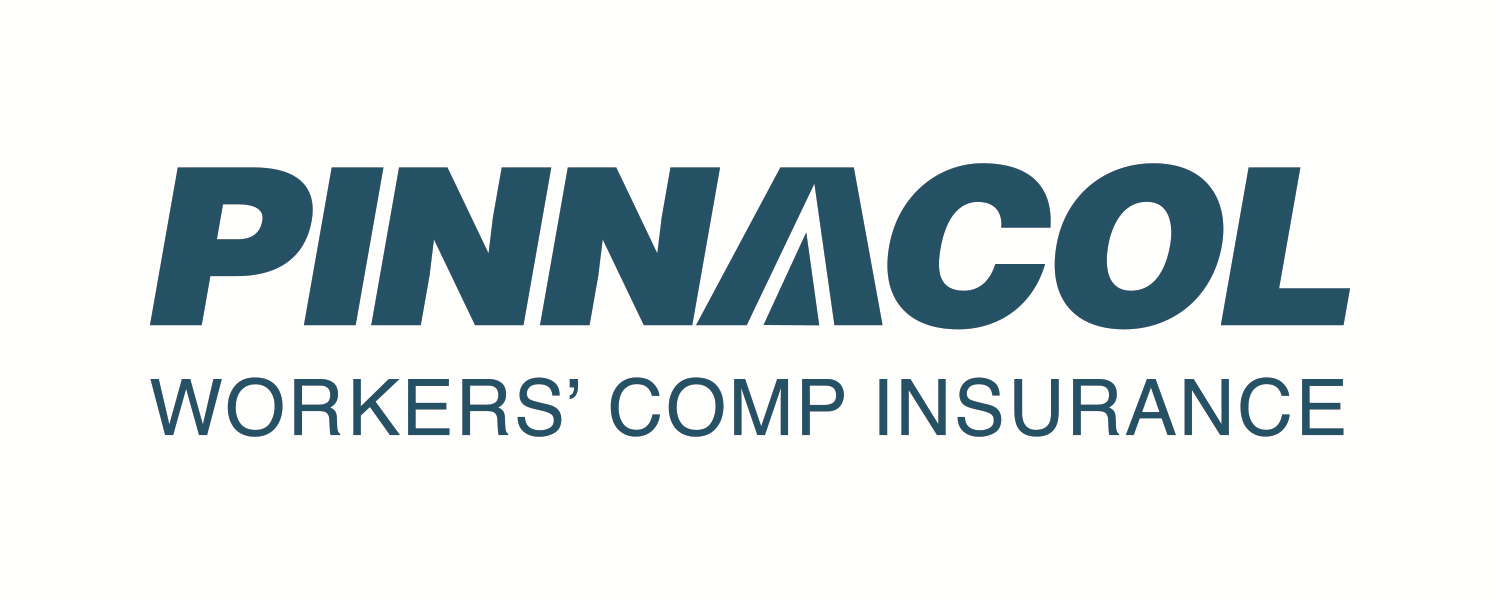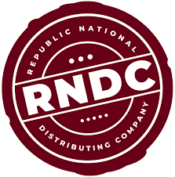Creating a safe workplace for an aging workforce
from our partners at Pinnacol
The restaurant industry runs on the shoulders of young employees. According to the National Restaurant Association, 60 percent of restaurant workers are under the age of 35. But with no end in sight for the labor shortage in Colorado, more restaurants are looking to older workers to fill critical roles.
Older workers bring experience and institutional knowledge, and their work habits are predictably more productive than their younger counterparts. According to the National Institute for Occupational Safety and Health (NIOSH), their on-the-job stress is lower. They get along better with their coworkers, are generally more cautious in their work, and are more likely to follow safety rules and regulations.
Regulations such as the Age Discrimination in Employment Act and the Americans with Disabilities Act are in place to support retaining qualified workers despite limitations that come with age or disability.
Workplace safety for aging workers
Restaurant safety hazards run the gamut, from slips and falls to burns and cuts. Fortunately, aging workers’ years of experience in the workplace and their increased caution and awareness of physical limitations result in fewer accidents and injuries on the job.
Older workers’ caution is well-founded, according to Allison Hoskins, safety innovation specialist with Pinnacol Assurance. “It’s harder to bounce back when we get older. While we get hurt less frequently, the severity of the injury is usually higher…and there are chances the claim might result in more time off work.” This underscores the need to have a well-planned return-to-work program.
Because incidents affecting older workers are more likely to be serious, it’s critical to adapt your work conditions to protect these workers and develop preventative programs that can maintain or build your employees’ health throughout their working life.
Employee-centered design
To keep workers safe, regardless of age, NIOSH suggests being proactive and creating a well-designed, employee-centered approach to safety. “When you think about the expectations of lifting, for example, if you can provide a resource, means, or tool to help do the lifting for you, for any age, you’re making it a safer workplace,” Hoskins says.
Many accommodations are simple and inexpensive. Certain ergonomic interventions, like modern orthotics, appropriate flooring and seating, optimal lighting, and newer information technology hardware and software, can work to ease the way for aging workers.
Job-sharing and flexible work schedules have added years to many aging workers’ life in the job market.
Simple solutions for an age-friendly workplace
“Building the workplace for the aging workforce can actually protect your entire workforce,” Hoskins says. If you’re concerned you can’t afford to accommodate an aging workforce or the solutions might be too complicated, NIOSH suggests the following ten strategies to keep you on track:
- Manage hazards. Slip or trip hazards, cluttered walkways and other physical hazards are common in restaurants and challenge all age groups.
- Prioritize workplace flexibility. NIOSH reports workers prefer more flexible jobs rather than jobs with more vacation days. Let workers control their schedules as much as possible, as well as their work conditions, work organization and tasks.
- Match tasks to abilities. Use self-paced work, self-directed rest breaks, and less repetitive tasks.
- Design and provide ergo-friendly work environments. Workstations, tools, floor surfaces, better lighting, and low-glare screens and surfaces.
- Use teams and teamwork strategies for aging-associated problem-solving. Workers closest to the problem are often the best people to find a fix.
- Provide health promotion and lifestyle interventions. This includes physical activity, healthy meal options, tobacco cessation assistance, nutrition assistance, risk factor screenings and reduction and coaching. Accommodate medical self-care in the workplace and time away for health visits.
- Invest in training and building worker skills and competencies at all age levels. Help older workers adapt to new technologies.
- Proactively manage reasonable accommodations and the return-to-work process after illness or injury absences.
- Require aging workforce management skills training for supervisors. Include a focus on the most effective ways to manage a multi-generational workplace.
If you need to find opportunities to accommodate your aging workforce and enhance productivity, Pinnacol’s safety consultants can help you at no cost to your organization.
Contact Safety On Call service at safetyoncall@pinnacol.com or call 303-361-4700 or 888-501-4752. Or visit Pinnacol’s workplace safety site.
















